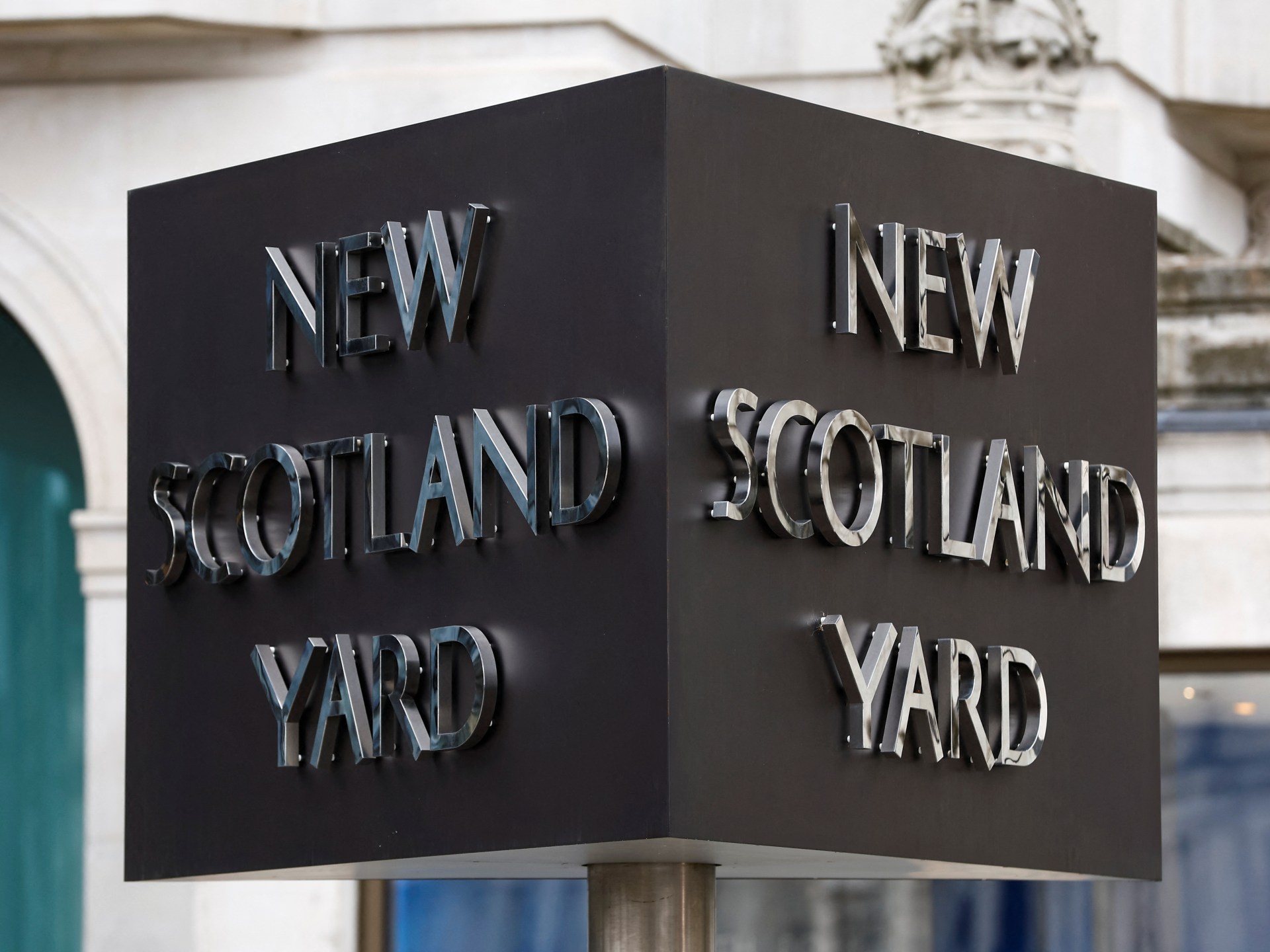Photos: Ethnic minority fighters seize town from Myanmar’s military regime
Pick-up trucks carrying ethnic minority fighters rolled into a town in Myanmar’s northeastern Shan state recently cleared of troops from the military regime, in another victory for forces fighting to restore civilian rule after the February 2021 coup.
The convoy passed the golden spire of a Buddhist pagoda in Namhsan but most eyes were scanning the skies for the fighter jets the military is using to support its embattled ground troops.
The men jumped down from the vehicles and fanned out on foot past locked wooden houses and along deserted streets silenced by days of fighting.
A burst of gunfire revealed a pocket of regime soldiers on the edge of the town and sent the fighters scuttling for cover behind walls.
Nestled in the hills of northern Shan state, Namhsan is the latest town to fall to an alliance of ethnic armed groups and anti-coup fighters since they lanched Operation 1027 in late October. The TNLA is fighting in an allance with the Myanmar National Democratic Alliance Army (MNDAA), Arakan Army (AA) and various People’s Defence Forces (PDF), which were set up by civilians who wanted to fight the coup.
The TNLA announced it had captured Namhsan on Saturday, days after China said it had mediated a temporary truce between the Myanmar military and the armed groups.
On the road to Namhsan hours before the TNLA moved in, its spokesman Tar Aik Kyaw said his fighters were “walking the revolutionary path.”
“The main objective is to take down the military dictatorship, which is what Myanmar people always want.”
Nearby, a squad of fighters in camouflage fatigues and peaked caps with badges showing the TNLA emblem set against a blue sky, unloaded crates of mortars for a final check before heading into battle.
Desperate civilians
For almost three years, the PDFs have been battling around the country to remove the generals.
But the offensive launched by the TNLA and its allies has galvanised the anti-coup movement and presented the generals with their stiffest military challenge in decades, with groups attacking on multiple fronts.
Evidence of fierce fighting was everywhere in Namhsan.
One of the pagoda’s spires had been knocked down, an unexploded rocket lay on the ground and a building was riddled with bullet holes.
Inside, a dark pool of blood stained the floor next to blankets and food wrappers, while in the next room, more blood was smeared on the walls.
Residents who have not already fled live in fear.
“We don’t have anywhere to go. There are caves to hide in but they are a long way from our house,” said Ohmar, 50, who asked to use a pseudonym for security reasons.
“My neighbours left this morning to hide in the caves but on the way, artillery shells started landing all around them and so they came back here,” she said.
One man dug a hole into the side of a hill to make a rudimentary shelter – an action familiar to many across Myanmar after three years of conflict.
“I already sent my family members to other places,” resident Zaw Oo said.
Ohmar, whose house walls were perforated by bullet holes, has also dug a rough shelter that she said could hold up to 20 people.
“But it’s very tight and hot inside. If we don’t cover the whole entrance with sandbags, we are also afraid of artillery shells,” she said.
“I’m so worried for my family.”



